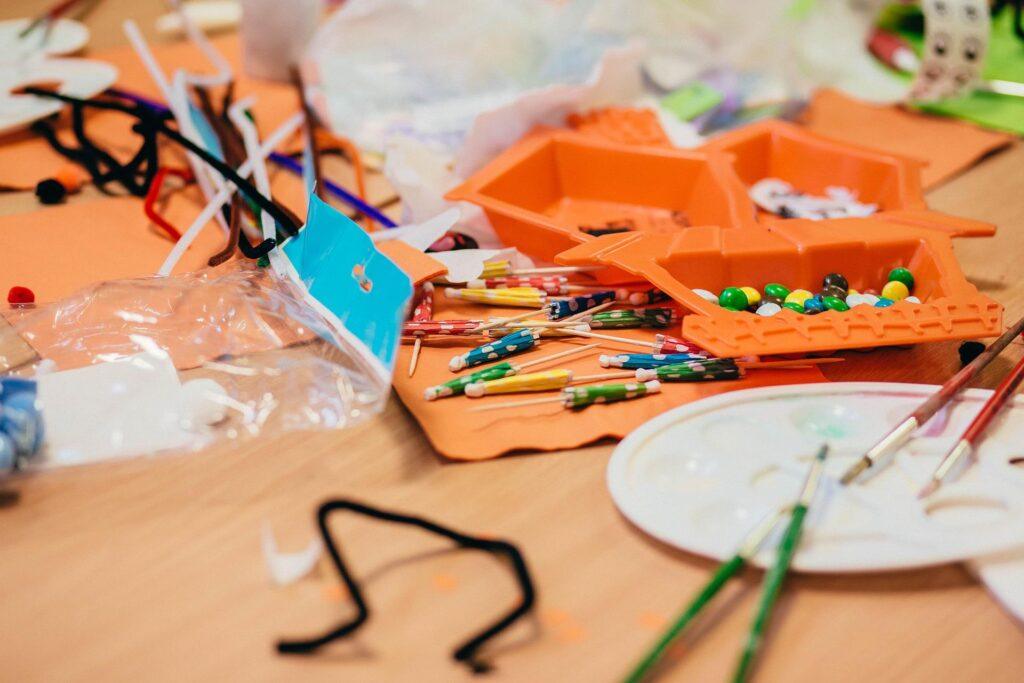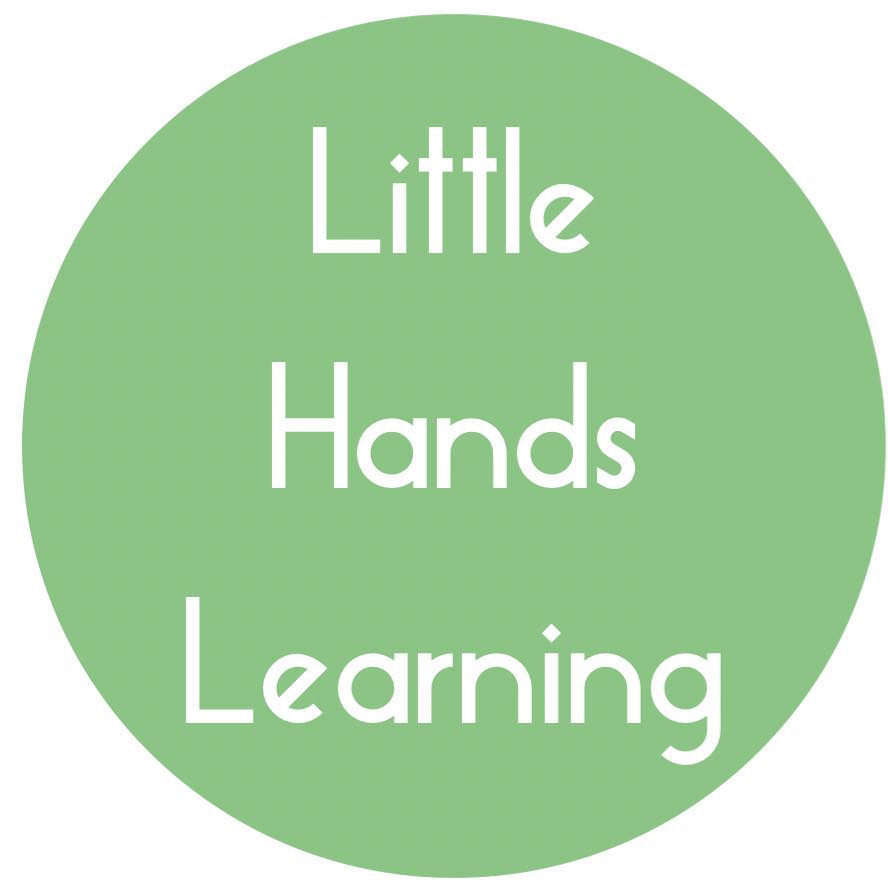Sharing a post with with 10 screen-free activities for your kids on a rainy day by Isabell Fisher, co-founder of Little Hands Learning

It’s important that children are tech-savvy but there is little evidence that screentime contributes to a child’s cognitive ability.
But because screens are so appealing with their continually changing content, any activities that we attempt at home need to be equally appealing to little hands, eyes and brains.
So here are our top 10 activities for when you are stuck at home on a rainy day. All of these activities are easy to set up and you will probably have most of what you need at home already.
1. Book reading plus
Don’t limit the experience to sitting on the sofa: if the book is set in a cave, evict the vacuum cleaner from under the stairs and issue everyone with head torches; if you’re reading a desert adventure, create a Bedouin tent using some sheets and your clothes horse. Making the setting for a reading session is an activity in itself.
2. Playdough small world play
Playdough is one of the ultimate open-ended toys on the market because it is so versatile. Add some dinosaur figures and some green playdough and you have created Jurassic Park.
Or use dark blue playdough and some space rockets to travel into space together!
If the smell and texture of big-branded playdough fills is something you’re not keen on, there are some wonderful small businesses out there that produce amazingly soft and scented playdough that doesn’t leave greasy residue on surfaces. Just please check that the playdough has been UKCA tested before buying, so that you know it is safe for your children to play with.
3. Baking
Our own children love to bake and of course then eat the goodies they have made. Baking shortbread and scones is simple enough for inexperienced bakers to have a go at and they taste great!
Baking bread is also surprisingly simple, and you and your children can have lots of fun creating different animals out of the dough to then bake in the oven.
4. Painting
Children love to paint but it can fill many parents with dread. Instead of using poster paint, which can get messy quickly, try using watercolour paints. Instead of painting on paper, try coffee filters, a canvas or ice cubes.
5. Arts and Crafts
Arts and crafts do not need to be overly complicated. Often keeping it simple is far better than creating something elaborate. Try making paper boats and planes and then seeing how far they will travel.
You can make tealight holders from old jam jars and gluing on pieces of tissue paper. These also make lovely presents for grandparents.
Salt dough is a modelling material that uses ingredients you will have in your kitchen cupboards, so it’s a wonderful alternative to air dry clay. To make salt dough, add 63g of flour, 70g of salt to a bowl and slowly combine 45ml of water into the dry ingredients. Stop adding water once the dough comes together. Use your hands to squidge and squish the dough until it is smooth. If it is too wet, add a little flour or if it is too dry add a little more water. With this dough you can create decorations, dinosaur fossils, and play food.
To add an extra sensory dimension to your salt dough you can add spices, such as cinnamon or even ground coffee. You only need to add a teaspoon of these to your mix.
Bake your salt dough creations in the oven on the lowest setting for 3-4 hours until hard to the touch. Once cool, they can be painted.
6. Make a treasure map
This is a wonderful activity to do with any pirate fan and it uses resources you will have at home. You just need some crayons, a piece of white card and a tea bag.
First design your map. Begin by drawing a large, rounded oblong onto the middle of your card. Add arrows to create the compass and draw features like a skull, mountains, palm trees and a pirate ship on the sea. Decide where your treasure will be buried on your island and add a X. Next pour some warm water into a bowl and add your tea bag. Let the tea bag infuse into the water. Place the card onto a towel or tea towel – this will soak up any excess water. Squeeze the excess water out of the tea bag and dab the tea bag all over the card. Dipping the tea bag back into the warm water when needed. Leave the card to dry and then use it to find your treasure.
7. Rescue plastic figures from ice
This activity is a firm favourite with my son and is one that I always have ready made in the freezer for a rainy day.
For this you will need a small freezer-safe container, plastic figures and some water. Place the toys in the container and fill with water. The smaller the container the easier it will be to rescue the toys later on. Place the toy and water-filled containers into the freezer overnight.
Turn the frozen ice blocks out onto a plate or tray and fill a bowl with warm water. Add a pipette or syringes to the bowl and let your little one rescue their toys.
You could also experiment to see what melts the ice quickest. So, you can add some salt or some cold or hot water to hypotheses what may happen.
8. Brew a magic potion
Brewing a magic potion is always a really popular activity to do with children and uses ingredients already in your kitchen cupboard. Raid your spice drawer and add water and some old jam jars and watch as your children create more and more interesting concoctions.
If you would like to make your magic potions more elaborate then add bicarbonate of soda, baking powder and distilled vinegar. Your children will absolutely love the reaction that these three ingredients will create to their potions.
9. Design and play your own board game
Designing your own board game is a fun way to learn about design, teamwork and hide any maths learning they may be struggling with at school. All you need is a piece of paper, some pens, some counters (which could be little toy figures) and some dice.
Begin by creating a simple grid on your piece of paper. Then, decide on the rules of your game. Will you get another turn if you roll a specific number? How many players can play at any one time? Will there be squares that will allow you to jump forwards or take you backwards? Should any snakes, ladders, trees, or slides be included on your game board? How will you decide who has won the game?
Together, create and decorate your board game. Play and enjoy!
10. Try an easy science experiment!
There are lots of easy science experiments that can be tried at home with household items. Science experiments are a great way to get children to start to ask questions, make predictions and understand the world around them. Try making a lava lamp with water and food colouring and oil in a jar. Add an effervescent tablet and watch what happens!
For these ideas and many more please visit https://www.littlehandslearning.co.uk/activities.
If you like the sound of these activities but are limited on time, there are wonderful children’s subscriptions out there that can send you everything you need directly to your home every month. All you need to do is make yourself a tea, open the box and get ready to play with your child. Screen-free activities and time doesn’t need to be hard or stressful.
ABOUT THE AUTHOR

Isabell Fisher is co-founder of Little Hands Learning, an educational and eco-friendly subscription box for children aged three to six years. Every month your child will receive an exciting gift in the post containing a beautiful picture book and everything needed for four engaging and fun activities.
The play-based activities are handcrafted and designed by teachers to focus on key areas of the National Curriculum. The curated books together with the activities help nurture healthy minds and encourage early literacy skills, giving children the best start to their education. www.littlehandslearning.co.uk
Website: www.littlehandslearning.co.uk
Facebook: https://www.facebook.com/littlehandslearninguk
Instagram: @littlehandslearninguk
Pinterest: www.pinterest.co.uk/littlehandslearninguk/